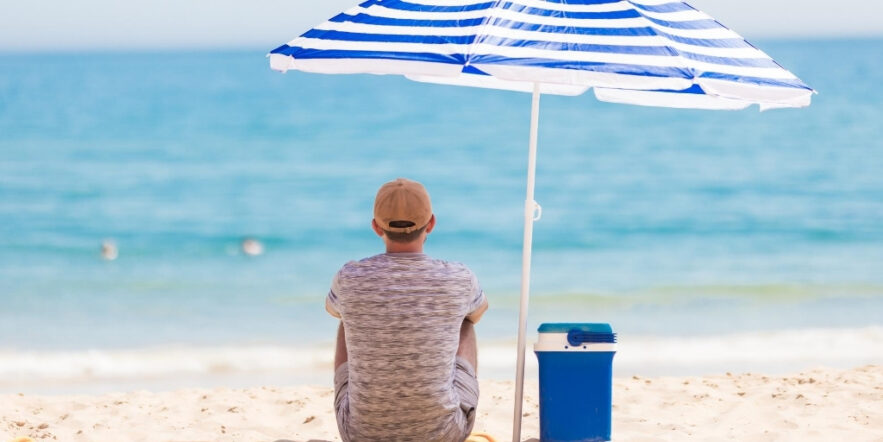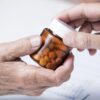Question: It’s summer, and I’m going to be spending a lot of time outdoors. I’m susceptible to heat rash. What is the best treatment for it?
I remember anticipating summer vacation as a kid. We were always busy planning and participating in neighborhood activities — bike rides, hikes, and fishing and camping trips. The neighborhood moms had a ready supply of Band-Aids, Bactine, and antiseptic cream to take care of those expected and inevitable scratches, scrapes, cuts, and insect bites along the way.
But I also remember a couple of occasions when I developed an itchy, stinging rash on my back, abdomen, and upper legs. My mother called it prickly heat or heat rash. It seemed to happen unexpectedly in hot weather. Mowing the lawn in 95-degree weather or traveling in the backseat of a car with clear plastic seat covers and no air conditioning seemed to be some of the causes for me.
Heat rash is a term used to describe several skin conditions that are brought on by heat exposure or overheating. Also known as prickly heat, sweat rash or miliaria, it can affect anyone and is usually prevalent in hot, humid climates. Heat rash occurs when blocked pores or sweat ducts trap perspiration under the skin, causing inflammation with an itching or stinging sensation. The salty sweat trapped under the skin causes irritation, which can lead to small blisters or red bumps that may become quite inflamed and possibly infected.
Infants tend to be more susceptible to heat rash, possibly due to the fact a newborn’s sweat ducts are not fully developed. Adults who are bedridden or have larger skinfold areas in the groin, under the arm or breasts may also be more susceptible. It’s also not unusual for this type of rash to develop under a fitness tracker worn tightly on the wrist.
In 2014 Fitbit Inc. recalled the Force activity tracker due to thousands of reports of skin irritation caused by the device. The company posted a warning on their site, alerting users to the potential for skin irritation with trackers worn on the wrist and steps that can be taken to help prevent the problem.
New research has determined that a rash resembling prickly heat can be a symptom of COVID-19. Early reports from China and Europe showed that rashes might appear in up to 20% of COVID patients. Further research found that COVID patients exhibit a variety of skin lesions resembling different types of rashes. Most cases of mild heat rash clear up in a few days, but you should seek medical attention if it gets worse or lasts more than a week, or if you have other symptoms at the same time.
The first treatment I recommend is washing the area with cold water and mild soap. Allow the skin to air dry and avoid rubbing with a towel. Try to remain in an air-conditioned environment to allow the skin to cool off. A cool compress like a damp washcloth may be used intermittently for 15 to 20 minutes each hour, but remember to allow the skin to air dry between applications. You want to avoid skin-to-skin contact by placing a clean, dry cotton washcloth or other breathable material under the breasts or between skin folds on the abdomen, underarms, or buttocks.
For mild cases, I recommend using calamine lotion to help control itching. A cool, colloidal oatmeal (ground oatmeal suspended in a liquid, usually water) bath treatment like Aveeno’s seems to help, especially in children. Some people get relief using prickly heat powder or a similar type of powder.
For more severe symptoms, you might need to use over-the-counter topical hydrocortisone cream or mild prescription corticosteroid like triamcinolone cream. Taking an oral antihistamine like Benadryl (diphenhydramine) may help with the itching. As a bonus, it may also help you doze off if the pain and irritation are affecting your sleep.
Although heat rash is unpredictable, heat rash symptoms may be preventable or reduced. You can dress in loose, lightweight cotton clothing that breathes. Avoid wearing synthetic fabrics like acrylic, polyester, or rayon, which hold moisture close to the skin. Drinking plenty of water to remain hydrated helps to keep your body cool, as does spending time in air-conditioned environments. Be creative in finding ways to stay cool in hot weather.







